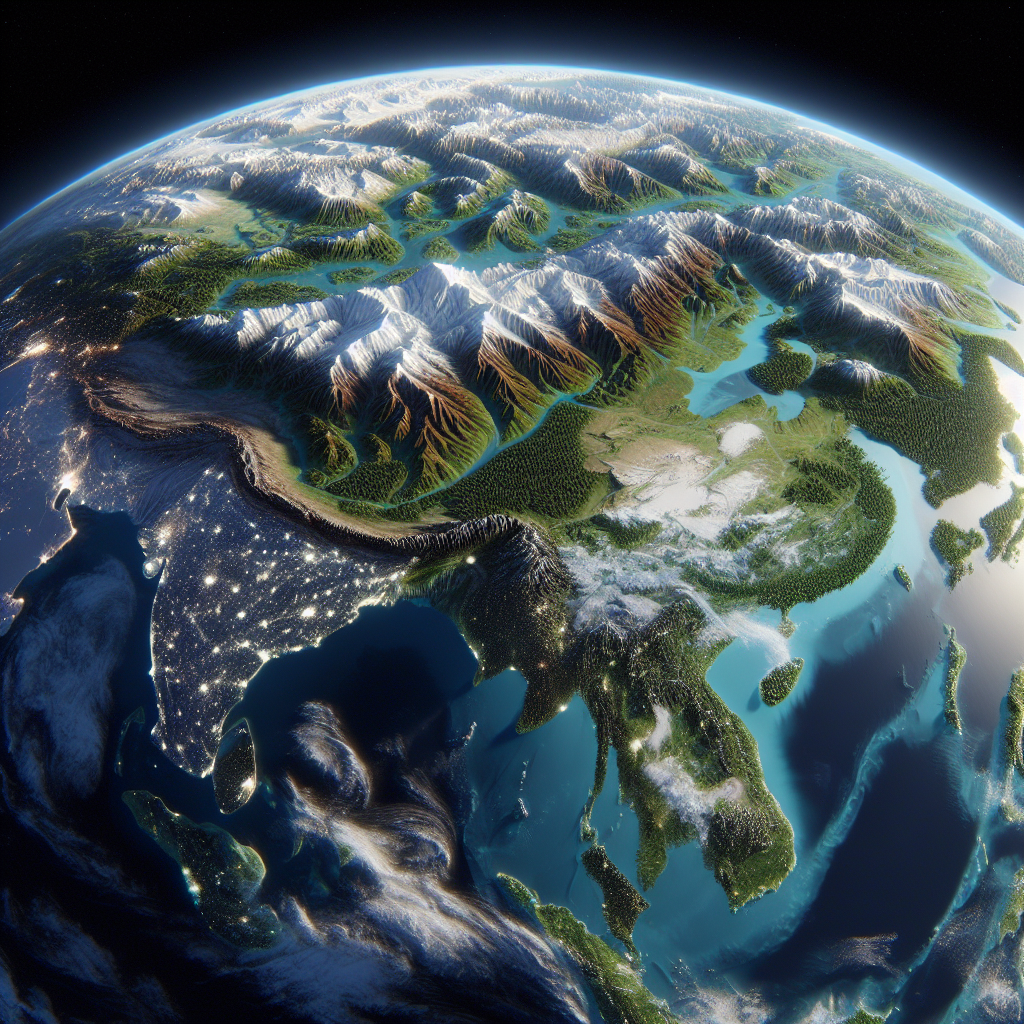Picture this: a city where every inch of land is covered in either concrete or lush greenery. It doesn't just sound like the beginning of a sci-fi novel; it's a very real scenario shaped by what we call 'land cover'. But what is land cover? It's the physical material at the surface of the earth, which includes grass, trees, water, or even urban infrastructure. Our planet's land cover has been transformed drastically over time due to agriculture, urban development, and natural processes.
Who does this impact? Well, everyone. Be it those dwelling in bustling metropolitans or in serene countryside, every human and animal is directly or indirectly affected by the types of surfaces that cover our world. Land cover shifts occurred and continue to occur across the globe, underpinning the urgency in understanding why it matters. So why is it important? Because it can affect climate, biodiversity, and even the health of human populations.
You might wonder how land cover affects climate. Well, it plays a major role in controlling the exchange of carbon, water, and energy between the land and atmosphere. For instance, forests absorb carbon dioxide and help regulate temperatures, whereas urban areas can create 'heat islands', leading to increased temperatures that affect weather patterns and local climate. This becomes clearer when reflecting on the rise of global temperatures and the steady decline in forested regions over the decades.
The relationship with biodiversity is no less significant. The conversion of natural landscapes to urban or agricultural use changes habitats and, consequently, the species that depend on them. When forests are cut down, not only do we lose trees, but we disrupt entire ecosystems, pushing species toward extinction. Despite advancements in human resource management, the pressing need for development often supersedes conservation efforts, leading to a clash between environment and civilization.
But there are brighter perspectives. Many movements and initiatives around the world recognize the importance of maintaining balanced land cover. Transitioning to sustainable land management practices aims to protect existing ecosystems while meeting human needs. Green urban spaces are being prioritized, agricultural methods are becoming more eco-friendly, and reforestation projects are on the rise. These efforts serve as reminders that we can opt for change if we're up for the challenge.
However, it's essential to address opposing viewpoints. Some argue that land should primarily be used to support economic growth and development, suggesting that technological advances will ultimately solve any negative environmental impacts. It's a belief that technologies like vertical farming, synthetic foods, and renewable energy could sustain growing populations without harming ecosystems. While these innovations are promising, placing full trust in technology ignores the intrinsic value of untouched natural terrains and their crucial role in maintaining Earth's balance.
Regardless of where one stands, it’s clear that land cover is a multi-faceted issue requiring a balance of economic interests and environmental responsibility. Some argue that policies should restrict development on protected lands, while others believe in maximizing resource use for immediate human benefit. This discourse necessitates collaboration across sciences, policymaking, and community activism, highlighting the importance of collective effort for meaningful change.
Land cover is not just an academic term but a living reality that influences societal structures and personal lifestyles. For Gen Z, who are inheriting a planet undergoing rapid environmental shifts, understanding land cover is key. Imagine a future where our green decisions today lead to a balanced world tomorrow. It's a dream, perhaps, but one worth striving for.

